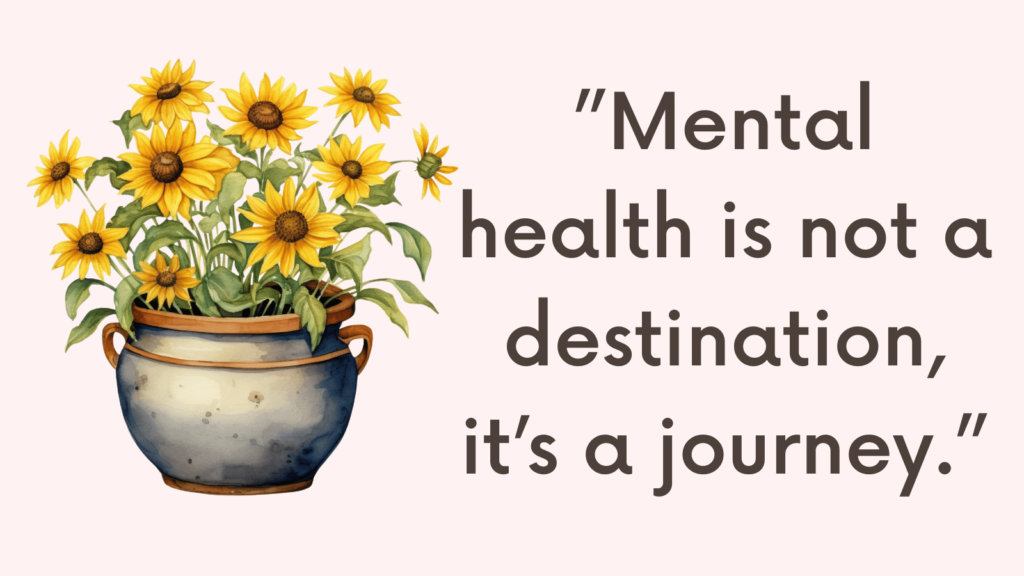In this post, you’re going to learn how to break self abandonment cycle.
What Is Self Abandonment Cycle?
The self-abandonment cycle refers to a pattern of behavior in which individuals neglect their own needs, emotions, and well-being in favor of meeting the expectations and demands of others.
It often involves sacrificing one’s own desires, beliefs, or values to gain external validation or acceptance.
This cycle can manifest in various ways and can have negative consequences on an individual’s mental, emotional, and physical health.
The self-abandonment cycle typically begins with external factors such as societal expectations, family dynamics, or past traumas that lead to the development of negative self-beliefs and a lack of self-worth.
These negative beliefs may include thoughts such as “I am not deserving of love” or “My needs don’t matter.”
As a result of these beliefs, individuals engage in self-abandonment behaviors, such as constantly seeking approval from others, suppressing their authentic feelings and desires, avoiding conflict, or neglecting self-care.
By prioritizing the needs and wants of others over their own, individuals often experience feelings of emptiness, resentment, and low self-esteem.
The consequences of the self-abandonment cycle can be detrimental to one’s overall well-being.
It can lead to chronic stress, anxiety, depression, relationship difficulties, and a loss of personal identity.
The perpetual cycle of neglecting one’s own needs can also hinder personal growth and prevent individuals from living a fulfilling life.
Related: How To Heal Abandonment Issues? Top 15 Powerful Strategies For Fear of Abandonment Healing
How to Break Self Abandonment Cycle?
Breaking the self-abandonment cycle can be a transformative journey towards self-love and self-acceptance. Here are some steps to help you break the cycle:
1. Recognize the pattern
Start by becoming aware of when and how you abandon yourself.
Notice the situations, thoughts, or behaviors that lead to self-abandonment.
Awareness is key in breaking the cycle.
2. Cultivate self-compassion
Treat yourself with kindness, understanding, and acceptance.
Acknowledge that everyone makes mistakes and experiences shortcomings.
Embrace self-compassion as a way to counteract self-judgment and develop a supportive inner dialogue.
Related: Self-Abandonment: Top 5 Ways To Get Back In Touch With Yourself
3. Understand the origins
Reflect on your upbringing and past experiences to understand why self-abandonment patterns developed.
Explore any childhood traumas, negative belief systems, or societal pressures that contributed to this pattern.
Understanding the origins can help you heal and break free from them.
4. Challenge negative self-beliefs
Identify the negative beliefs you hold about yourself that fuel self-abandonment.
Question their validity and challenge them with logical reasoning or evidence to counteract their influence.
Replace negative beliefs with positive affirmations and self-empowering statements.
Related: Negative Core Beliefs List (& 8 Tips On How To Challenge Them)
5. Practice self-awareness
Develop a mindful approach to your thoughts, feelings, and behaviors.
Notice the moments when you are tempted to abandon yourself and explore the underlying emotions and triggers.
Self-awareness is crucial for breaking the self-abandonment cycle.
6. Embrace self-care
Prioritize self-care activities that promote your well-being physically, emotionally, mentally, and spiritually.
Engage in activities that bring you joy, relaxation, and rejuvenation.
Make self-care a non-negotiable part of your routine.
7. Set boundaries
Establish clear boundaries with yourself and others.
Learn to say “no” when necessary and prioritize your needs and values.
Setting healthy boundaries promotes self-respect, assertiveness, and prevents self-abandonment.
Related: Top 25 Tips On How To Set Boundaries Without Being Controlling? (+FREE Worksheets PDF)
8. Seek support
Reach out to trusted individuals, such as friends, family, or therapists, who can provide guidance, validation, and empathy.
Surrounding yourself with a supportive community can play a significant role in transforming self-abandonment patterns.
9. Practice self-validation
Acknowledge your emotions, thoughts, and experiences without judgment.
Validate your own feelings and experiences, recognizing that they are valid and deserving of attention and compassion.
Practice self-validation as a way to honor your own truth.
10. Adopt self-forgiveness
Forgive yourself for past mistakes, perceived failures, or moments of self-abandonment.
Understand that forgiveness is a process that allows for growth and healing.
Let go of self-blame and embrace self-forgiveness as a way to move forward.
Related: Forgiving Someone Who Isn’t Sorry: 9-Step Guide To Free Yourself From The Past
11. Develop positive coping mechanisms
Identify healthy ways to cope with stress, difficult emotions, or challenging situations.
Engage in activities such as mindfulness, meditation, exercise, journaling, or creative outlets that provide a sense of grounding and emotional release.
12. Challenge the need for external validation
Internalize your own self-worth and rely less on external validation.
Recognize that your value comes from within, and seeking external approval perpetuates the cycle of self-abandonment.
Focus on valuing your own opinions and decisions rather than seeking constant validation from others.
Related: Top 18 Self Esteem Exercises (+FREE CBT For Self-Esteem Worksheets PDF)

Conclusion
Breaking the self-abandonment cycle requires consistent effort and self-reflection.
By cultivating self-awareness, self-compassion, and practicing self-validation, you can break free from self-abandonment patterns and build a nurturing relationship with yourself.



